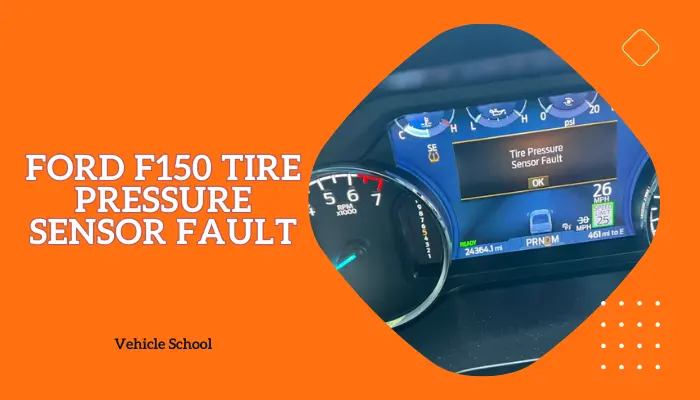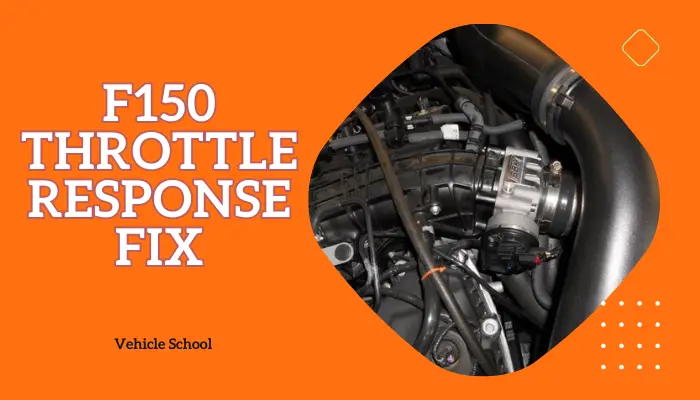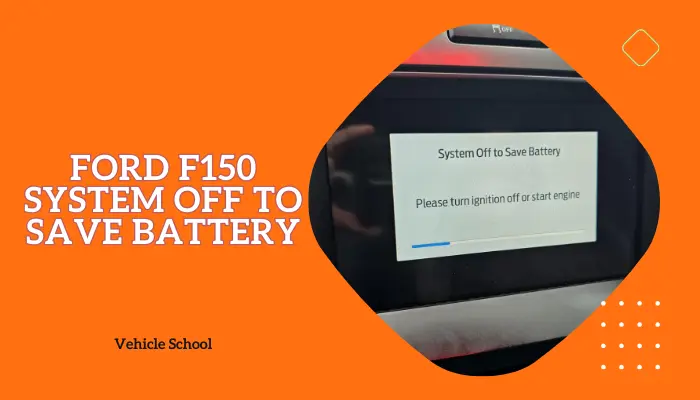Ever wondered why the fuel gauge on your F-150 seems to hit empty faster than it used to? Or perhaps your truck failed an emissions test, leaving you puzzled and annoyed? If any of these everyday scenarios sound familiar, it might just be the truck’s O2 sensor going bad.
I’ll explain why that happens in this post, so you can figure out if replacing this sensor is the key to a smoother ride and a happier engine.
What Are Common Causes Of Ford F150 Oxygen Sensor Problems?
Common reasons that can cause oxygen sensor problems in a Ford F150 include heater circuit issues, damaged or twisted wiring, excessive air in the exhaust, a blown 25A (F95) fuse, sensor contamination, and carbon buildup, especially in the front O2 sensors.
Let’s learn about the details of how the O2 sensor can go bad, and then I’ll let you in on the solutions to these problems.

1. Heater Circuit Troubles
The O2 sensor’s heater circuit can act up, often signaling a P0060 code.
This messes with the sensor’s ability to heat up quickly, which, in turn, results in errors like P2272, indicating it’s not reading accurately.
2. Damaged or Twisted Wiring
Wiring problems, like wires getting cut or bent out of shape, can mess with the electrical signals between the O2 sensor and the ECM (Engine Control Module).
This disruption affects the sensor’s capacity to send correct information about the exhaust gases.
3. Excessive Air in the Exhaust
Various factors, such as cylinders not firing correctly, leaking header gaskets, or trouble with the air pump system, can introduce too much air into the exhaust mix.
This extra air alters what the O2 sensor detects, leading to discrepancies in its readings.
4. Blown 25A (F95) Fuse
If the 25A (F95) fuse in the vehicle’s electrical system blows, it can cut off power to the O2 sensor.
Without the right power supply, the sensor can’t work as it should, causing inaccurate readings and potential engine performance problems.
5. Sensor Contamination
O2 sensors collect dirt and gunk over time. This gunk clogs the sensor, making it unable to accurately figure out oxygen levels.
This leads to wonky readings and engine performance hiccups.
6. Carbon Buildup (Mainly in Front O2 Sensors)
Carbon likes to build up more in the front O2 sensors, where exhaust gasses haven’t yet passed through the catalytic converters.
All that built-up carbon can coat the sensor, dulling its sensitivity and causing it to send incorrect data to the engine control module.
What Are The Symptoms Of A Bad Oxygen Sensor In F150?
Here are the symptoms of a bad oxygen sensor in your F150:
- A faulty oxygen sensor can be the reason why your f150 is getting bad gas mileage.
- If the oxygen sensor isn’t working properly, your Ford F150 shakes when idling or even misfire, indicating a problem with the engine’s combustion.
- You might experience your engine stalling, especially at idle, or hesitation when you press the gas pedal due to incorrect air-fuel mixture.
- A bad oxygen sensor can lead to higher emissions, which is harmful to the environment and might cause your vehicle to fail emissions tests.
- The check engine light on your Ford F150 constantly staying on is also a huge symptom.
- Your truck might feel sluggish, with reduced power and slower acceleration due to the incorrect sensor readings affecting the engine’s performance.
- You might notice strange smells coming from your exhaust, indicating that the engine’s not burning fuel properly.
How To Replace Oxygen Sensor On Ford F150?
You can easily replace the o2 sensors of your f-150 by following these simple steps, you won’t need to look up a sensor wiring diagram for this:
- Disconnect the negative battery cable for safety.
- Lift the front of your truck with proper jack stands to access the sensors easily.
- There are four oxygen sensors.
- Disconnect the old sensors by unplugging its electrical connector and unscrewing it using a 22-mm wrench.
- Take the new oxygen sensors, remove any protective covering, and screw them onto the catalytic converter.
- Use a torque wrench to tighten the sensors securely in place.
- Reattach the sensor’s electrical connector and ensure the wiring is properly supported.
- Carefully lower your truck back to the ground.
- Reconnect the negative battery cable and make sure it’s tightly secured.
- Start your truck and check for smooth idling and acceleration, ensuring there are no issues.
Where are The Oxygen sensors In Ford F150 located?
The four oxygen sensors also known as lamda sensors in Ford F150 are located as follows: Bank 1 Upstream Sensor located by the passenger side before the catalytic converter, Bank 1 Downstream Sensor located by the Passenger side after the catalytic converter, Bank 2 Upstream Sensor located by the driver’s side before the catalytic converter, Bank 2 Downstream Sensor located by the driver’s side after the catalytic converter.
Check out this quick video tutorial before swapping out your truck’s oxygen sensor:
How Much Does It Cost To Replace O2 Sensor On Ford F150?
The cost of replacing Oxygen sensors in a Ford F150 typically ranges from $150 to $250. Labor costs vary but usually add another $50 to $100. A full set of O2 sensors costs around $150. Keep in mind that prices can vary based on location and the specific model year of your F150.
FAQs
Is it ok to Drive My F-150 without O2 sensors?
A lot of people tend to believe the F150 runs better with O2 sensor unplugged and may want to do so. But in reality, it doesn’t. In fact it’s better to keep them plugged for maintaining your truck’s engine health.
How often should oxygen sensors be replaced in Ford F-150?
Oxygen sensors usually last around 100,000 miles. It’s a good idea to replace them at this point to keep your engine running smoothly and your emissions in check.
What Does A Bad Oxygen Sensor Look Like?
A bad oxygen sensor will look discolored, with soot buildup and corrosion, appearing deteriorated with noticeable rust and carbon deposits.
Final Thoughts
Addressing the O2 sensor problem is a small investment in the longevity of your truck. Don’t underestimate the impact of even minor issues.
Now that you’ve tackled this, your F-150 is set for smoother rides ahead.
If issues persist, it might be worth a deeper look into your vehicle’s mechanics.






